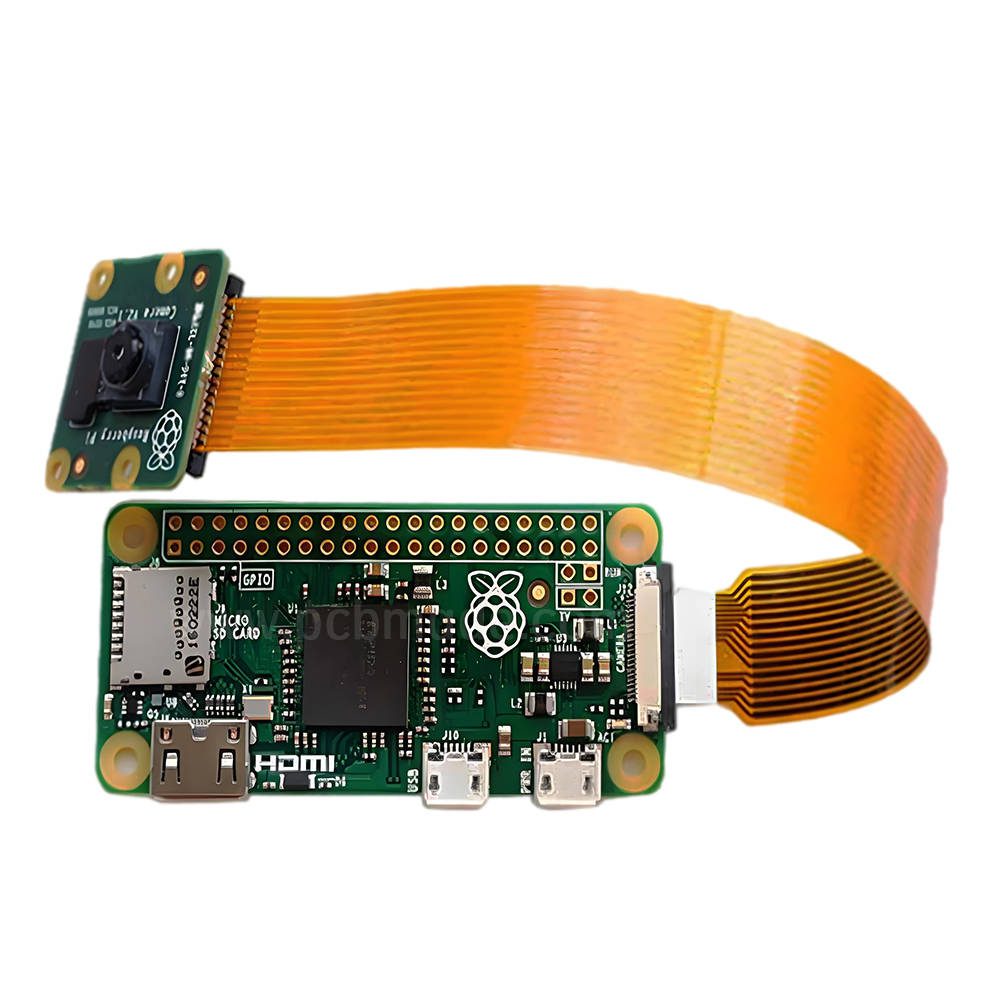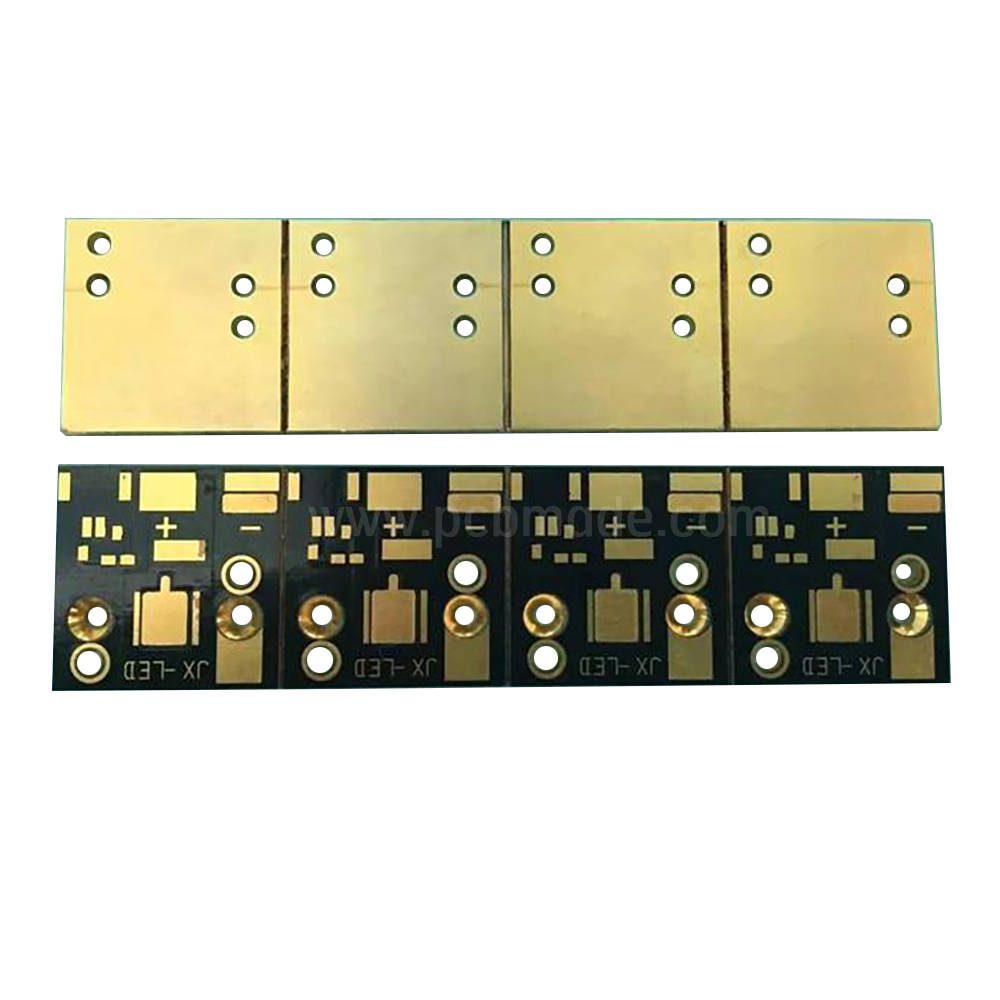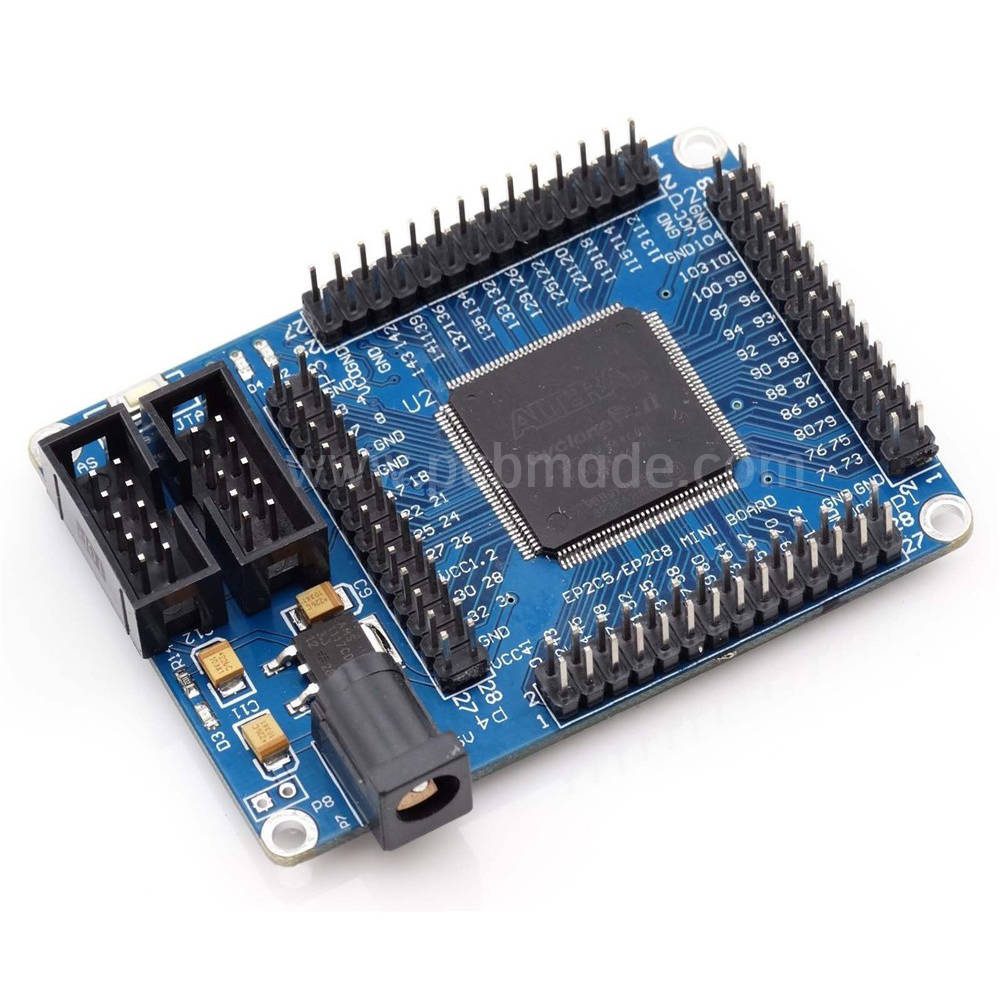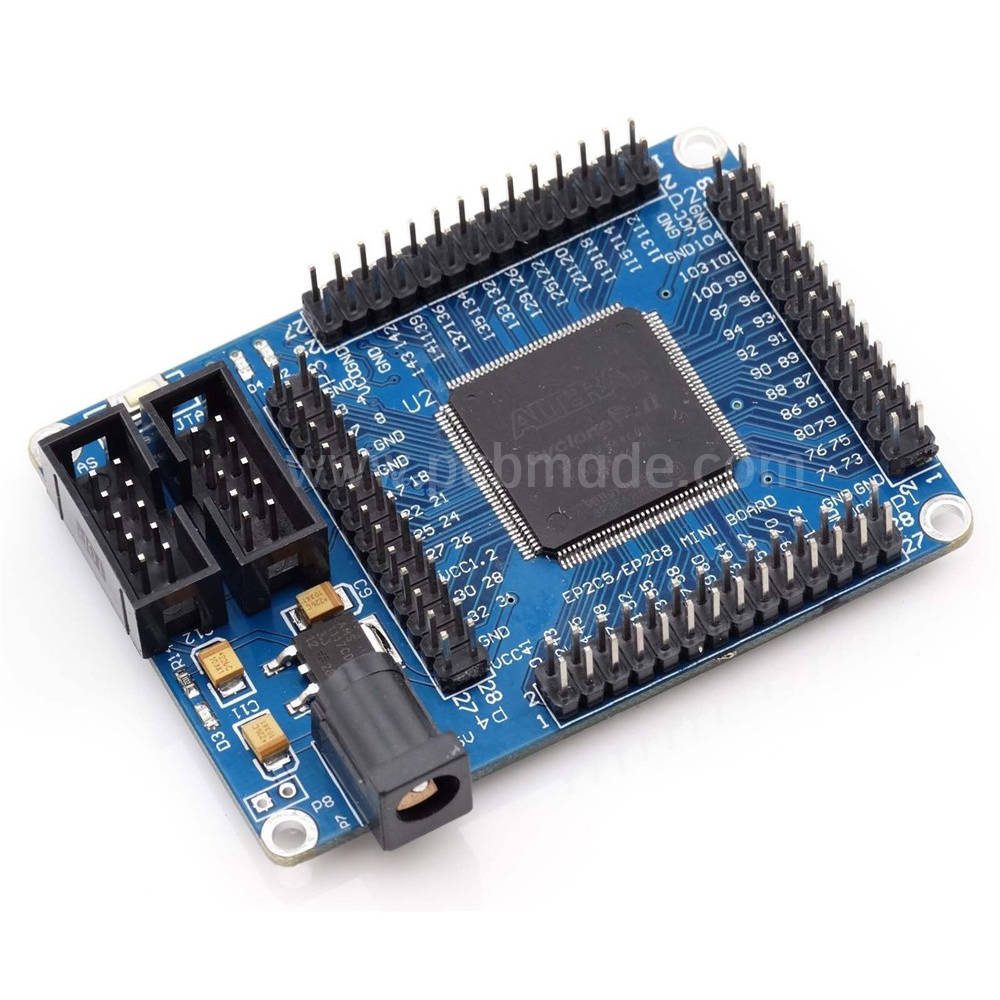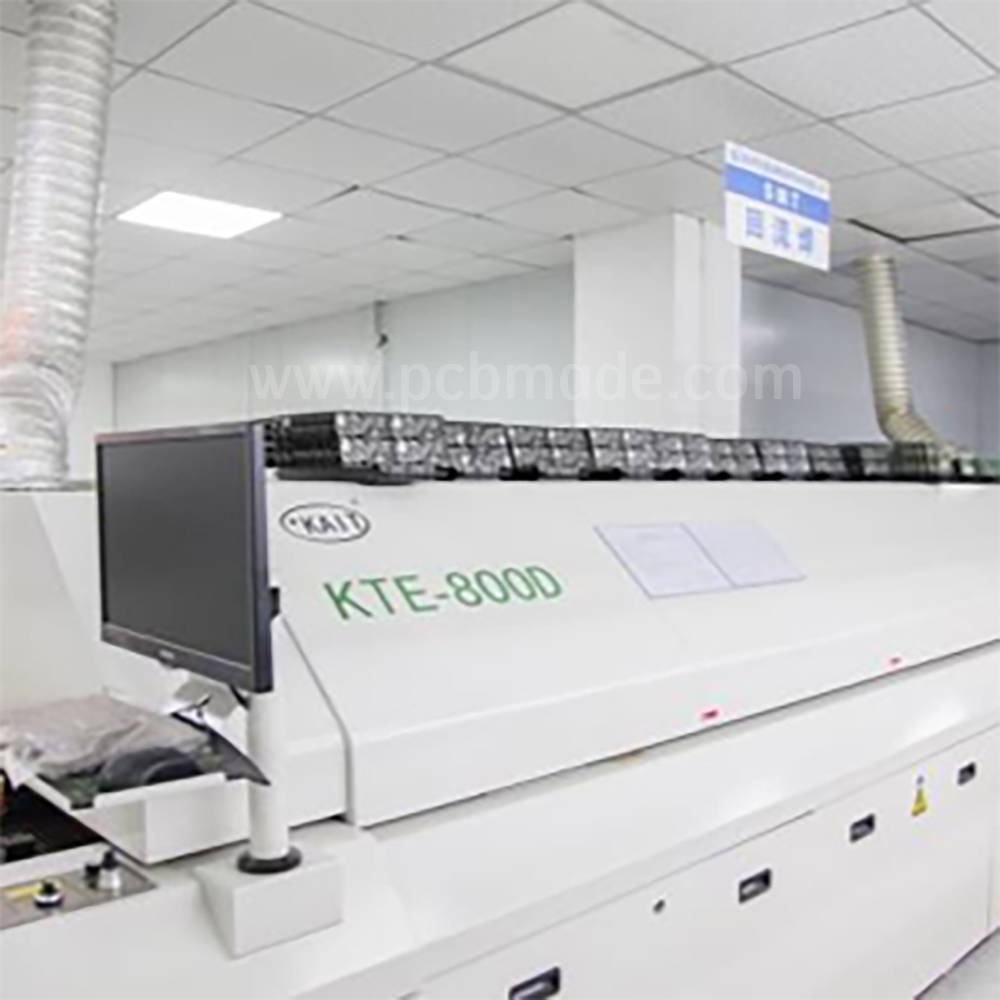In the rapid development of modern electronic technology, PCB printed circuit board plays a crucial role as the “mother of electronic systems”. High quality PCB circuit boards are not only the foundation for ensuring stable operation of electronic devices, but also one of the key factors driving technological innovation.
1. Material selection and quality
Substrate: The cornerstone of high-quality PCBs lies in the selection of high-quality substrate materials. Common substrates include FR-4, CEM-3, etc. Among them, FR-4 is widely used in high-end electronic products due to its excellent heat resistance, mechanical strength, and electrical properties. High quality substrates can ensure the long-term stability and reliability of PCBs in complex environments.
Copper foil: As a conductive layer, the thickness and purity of copper foil directly affect the quality and efficiency of signal transmission. High quality PCBs typically use high-purity, evenly distributed copper foil to reduce resistance and signal loss.
2. Precise manufacturing process
Laminated technology: The interlayer alignment accuracy and interlayer insulation performance of multi-layer PCBs are important indicators for measuring quality. By adopting advanced lamination technology and equipment, precise alignment between layers can be ensured, reducing signal crosstalk and improving circuit stability.
Drilling and Copper Plating: High quality PCBs undergo strict cleaning after drilling and are filled with holes using electroplating or chemical copper plating processes to ensure smooth hole walls and good conductivity, which is crucial for high-speed signal transmission.
3. Strict quality control
Design Verification: Prior to production, DRC (Design Rule Check) and DFM (Design for Manufacturing) analyses are conducted through software simulation to ensure the rationality and producibility of the design.
Testing standards: Follow international standards such as IPC (Association Connecting Electronics Industries) for electrical testing, visual inspection, AOI (Automated Optical Inspection), etc., promptly detect and correct defects, and ensure that every PCB meets high-quality requirements.
4. Environmental adaptability
Temperature and humidity resistance: High quality PCBs need to have good environmental adaptability and be able to maintain stable performance over a wide range of temperatures and humidity, which is particularly important for outdoor electronic devices.
Anti aging: The use of anti-aging materials and surface treatment technologies (such as tin spraying, electroless nickel gold plating, OSP, etc.) can effectively extend the service life of PCB and resist corrosion and oxidation in harsh environments.
5. Sustainability and Environmental Protection
With the increasing global awareness of environmental protection, high-quality PCBs also need to consider environmental requirements such as material recyclability and lead-free, and comply with international environmental standards such as RoHS (Restriction of Hazardous Substances Directive).
In short, high-quality PCB circuit boards are not only the stacking of materials and processes, but also the result of excellence in every aspect from design to production. It not only concerns the performance and lifespan of electronic products, but also affects the sustainable development of the entire electronics industry. Understanding and mastering these essential conditions is of great significance for selecting, designing, or producing PCBs.




